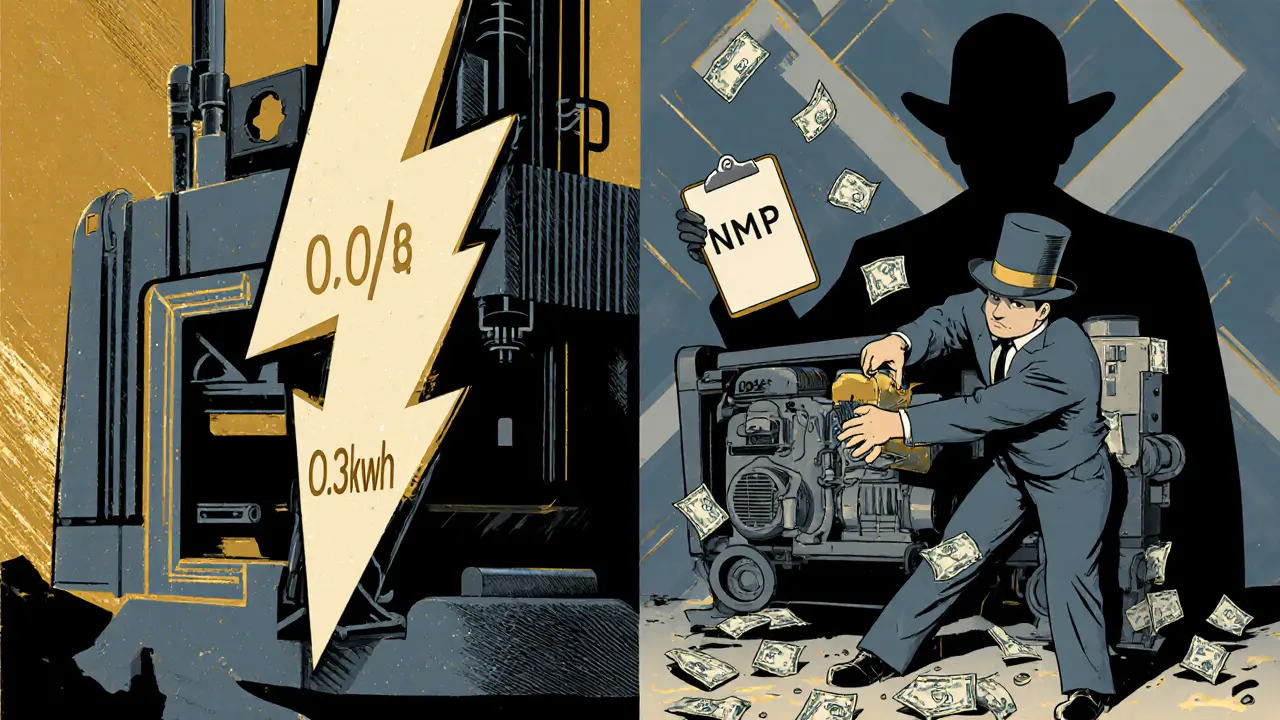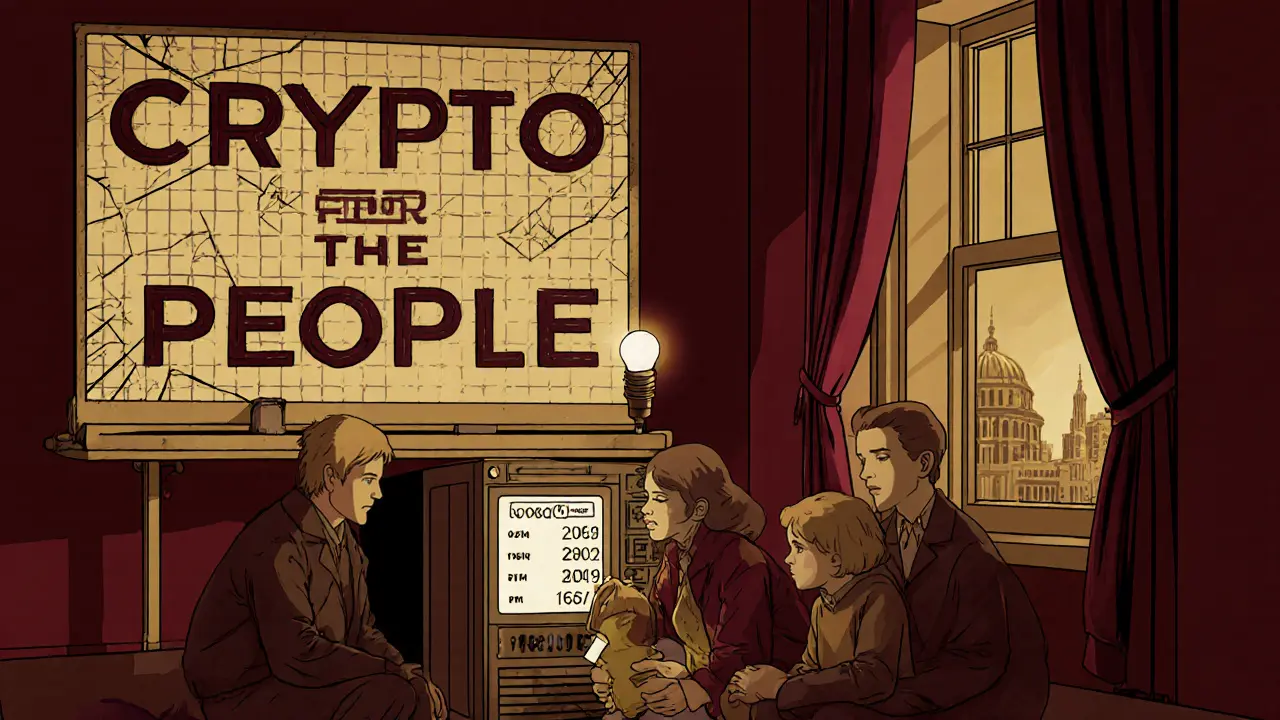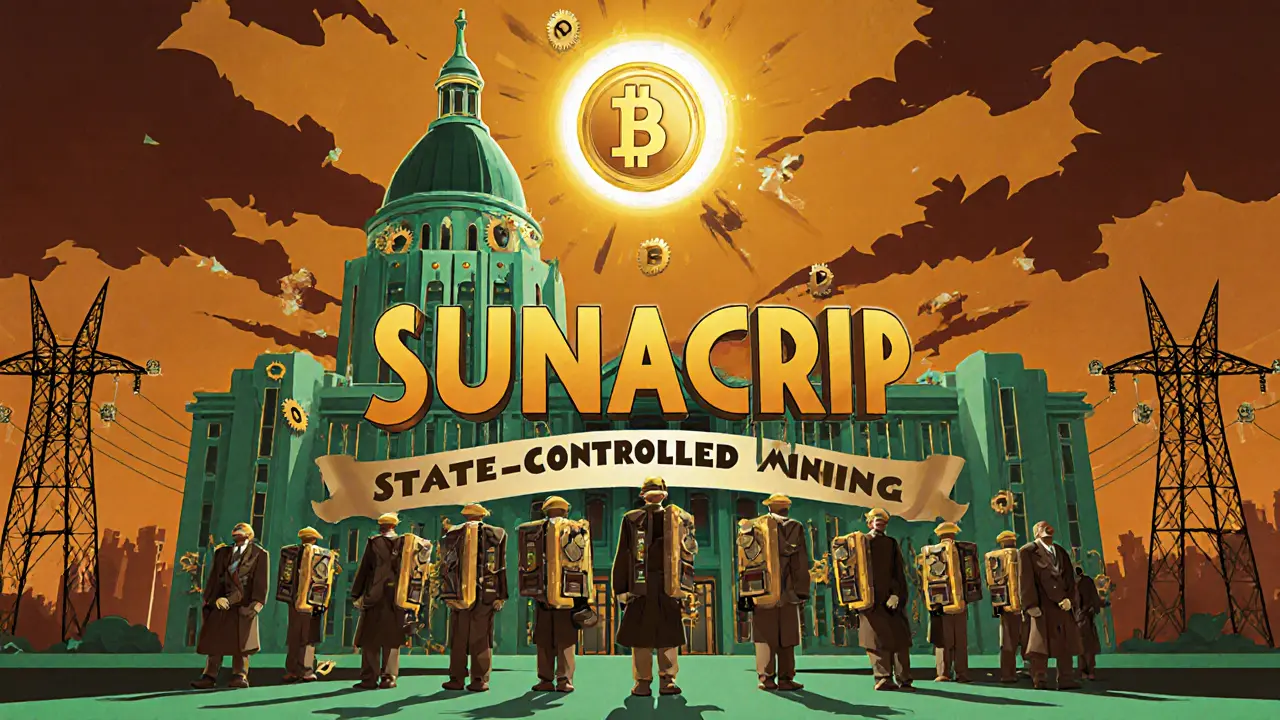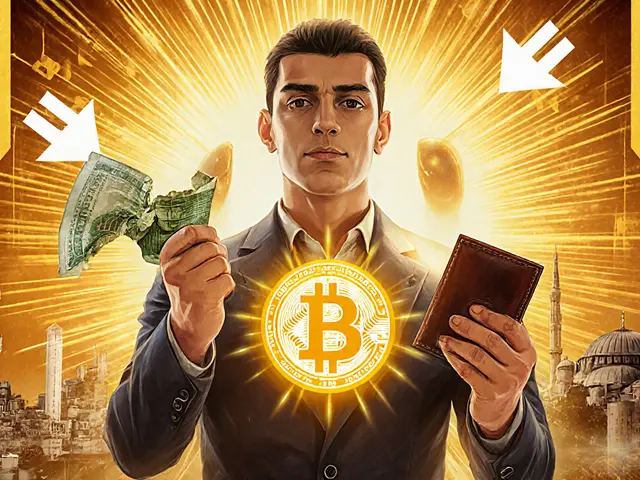Venezuela Mining Profitability Calculator
Profitability Analysis
Disclaimer: This calculator assumes successful SUNACRIP licensing, full NMP connectivity, and consistent power availability. In reality, many miners face equipment seizure, payment delays, or grid failures that significantly reduce profitability. The government's regulatory environment remains highly unstable.
How Venezuela Took Over Crypto Mining
When you think of crypto mining, you probably imagine private operators running rigs in garages or data centers in Iceland or Kazakhstan. But in Venezuela, it’s different. Here, the government doesn’t just regulate mining-it owns it. Since 2019, all cryptocurrency mining has been required to run through state-controlled systems, with licenses, mandatory pools, and strict oversight from a government agency called SUNACRIP (the National Superintendence of Cryptocurrencies). This isn’t just a tax or a fee. It’s a full takeover.
The move started with the Petro, Venezuela’s own cryptocurrency launched in 2017. But the real control came in 2019, when President Nicolás Maduro created SUNACRIP through Presidential Decree No. 4,170. The goal? Use Venezuela’s cheap electricity-among the lowest in the world at $0.03 per kWh-to mine Bitcoin and other coins, then funnel the profits into state coffers. It sounded smart on paper. But in practice, it became a mess.
The Rules: You Can’t Mine Unless the State Says So
If you want to mine crypto in Venezuela today, you have to follow a long list of government rules. First, you need a license. That means registering in one of two state databases: the Comprehensive Registry of Miners (RIM) (a database for individual and corporate miners) or the Comprehensive Registry of Cryptoactive Services (RISEC) (for exchanges and service providers). You also need to prove you have at least 500 kilowatts of power capacity, register your mining hardware, and pass identity checks.
Then there’s the National Mining Pool (NMP) (a government-run system that distributes mining rewards). All licensed miners must connect to it. The NMP handles everything-block rewards, verification, even penalties. If your rig goes offline or you try to mine outside the system, you get fined or shut down. Independent mining? Illegal. Private pools? Banned. Even using your home electricity to mine without a license can lead to equipment seizure.
On top of that, you have to follow Ruling No. 044-2021 (a regulation requiring digital security, user identification, and anti-money laundering reporting). That means every transaction you make through your mining operation must be logged and reported to the government. No anonymity. No privacy. Everything tracked.
It’s Not Working the Way They Planned
Here’s the problem: the system doesn’t run like a machine. It runs like a broken-down car.
In March 2023, SUNACRIP was shut down after a corruption probe tied to the oil ministry. The agency’s leadership was arrested. Operations froze. For over a year, there was no one officially in charge. Even though SUNACRIP was reorganized in March 2024 and given a new advisory body called CAVEMCRIP (made up of private sector reps), enforcement remains patchy at best.
Some reports say there are still over 500 licensed mining centers operating. Others say nearly all were shut down in 2023 during the crackdown. In May 2024, the government announced a new ban on mining due to energy overuse-only to backtrack weeks later. The rules change depending on who’s speaking, what’s on the news, or whether a government official got caught taking bribes.
Miners report that the NMP doesn’t pay out reliably. Some wait weeks for rewards. Others get partial payments-or none at all. One mining operator in Maracaibo told reporters his efficiency dropped 20% because the NMP kept disconnecting. He had to buy a backup generator just to keep running, which cost him 25% more in fuel. That’s the opposite of what the government promised: cheap power, easy profits.

Power Outages, Broken Grids, and the Real Cost of Mining
Venezuela has one of the world’s biggest hydroelectric dams-Guri. It should be perfect for mining. But the national grid is crumbling. In 2023, miners reported 40 to 60 hours of blackouts each month. That’s more than two full days without electricity.
To survive, most licensed miners had to invest in diesel generators. That turned the dream of ultra-cheap mining into a high-cost gamble. Instead of paying $0.03 per kWh, they were paying $0.15 or more after fuel, maintenance, and repairs. Many couldn’t afford it. Some shut down. Others went underground.
And here’s the irony: the government blames miners for using too much power. But the real problem? The grid itself. The same power lines that feed mining centers also feed hospitals, schools, and homes. When the grid fails, it’s not because miners are greedy-it’s because the entire infrastructure is failing. Yet the government still targets miners as the cause.
Why Do People Still Mine Here?
If it’s so broken, why does crypto mining still exist in Venezuela?
Because for most Venezuelans, crypto isn’t about profit-it’s about survival.
With inflation hitting 200% in 2024 and the bolívar nearly worthless, over 70% of the population uses stablecoins like USDT or USDC to buy food, pay rent, or send money to family abroad. The government’s own digital payment system, Conexus (a state-managed digital payment platform handling 40% of electronic transfers), now lets people convert bolívares into stablecoins instantly. Banks are being forced to adopt crypto services by December 2025, so citizens can hold Bitcoin directly in their accounts.
That’s why, despite the chaos, blockchain transactions in Venezuela grew 35% in 2024. People aren’t mining to get rich. They’re mining to keep from starving. Even if the NMP doesn’t pay, even if the lights go out, they keep running rigs-sometimes just to earn enough to buy a week’s worth of rice.

The Future: Will This System Last?
Right now, Venezuela’s crypto mining model is a contradiction. The law says it’s legal. The government says it’s banned. The regulator is paralyzed. The grid is failing. And yet, people still use crypto every day.
Experts from Baker McKenzie say real change won’t happen until the government changes. Until then, the system stays stuck: laws on paper, chaos on the ground. Investors have poured over $10 million into Venezuelan crypto startups in 2024-companies like El Dorado and Yeet-but most of that money is going into software, not hardware. Why? Because no one trusts the physical infrastructure.
The government’s dream of turning Venezuela into a crypto mining powerhouse is dead. Not because the technology failed. Not because the energy ran out. But because control doesn’t work when the system is broken from the inside.
What’s left is a quiet, desperate adaptation. Miners work in shifts. Families share generators. Stablecoins move faster than banks. And the state? It watches. It regulates. It punishes. But it doesn’t fix.
What Happens Next?
By the end of 2025, Venezuelan banks will be required to offer Bitcoin and stablecoin services directly to customers. That could be a turning point-if the system holds. But if the next power outage lasts a week, or if SUNACRIP shuts down again, or if the government decides to seize mining rigs one more time, then none of it matters.
Venezuela’s experiment with state-controlled crypto mining isn’t a success story. It’s a warning. You can’t force a decentralized system to work under centralized control. Not without breaking both the system-and the people who depend on it.
Is crypto mining legal in Venezuela?
Yes, but only if you’re licensed by SUNACRIP and use the government’s National Mining Pool. Unlicensed mining is illegal and can lead to fines, equipment seizure, or arrest. However, enforcement is inconsistent-sometimes mining is banned, sometimes it’s allowed, depending on political and energy conditions.
Why did Venezuela create its own crypto mining system?
The government wanted to use Venezuela’s cheap electricity to mine Bitcoin and other cryptocurrencies, then use the profits to fund state programs and stabilize the economy. It also aimed to control how crypto entered the financial system, especially since citizens were already using stablecoins to survive hyperinflation.
What is SUNACRIP?
SUNACRIP stands for the National Superintendence of Cryptocurrencies. It’s the government agency created in 2019 to regulate all crypto activities in Venezuela, including mining, exchanges, and custody services. Since 2023, its operations have been severely disrupted due to corruption investigations, though it was restructured in 2024 with limited private sector input.
Can I mine crypto at home in Venezuela?
Technically, no. The law requires all mining to go through the state’s National Mining Pool and be registered with SUNACRIP. Home mining without a license is illegal. But in practice, many people still do it-especially since the government can’t monitor every household. The risk is high, but the need for stable income is higher.
Why do miners still operate if the system is broken?
Because for most Venezuelans, crypto isn’t about profit-it’s about survival. With inflation and currency collapse, stablecoins are used daily to buy food, pay bills, and send remittances. Even if mining rewards are delayed or unreliable, the ability to earn crypto is still more valuable than holding bolívares.
Is Venezuela’s crypto mining system unique?
Yes. No other country has tried to fully nationalize crypto mining like Venezuela. Most governments tax or ban mining. Venezuela tried to own it. But because the state lacks the capacity to manage it properly, the system has become chaotic, inconsistent, and largely dysfunctional.



